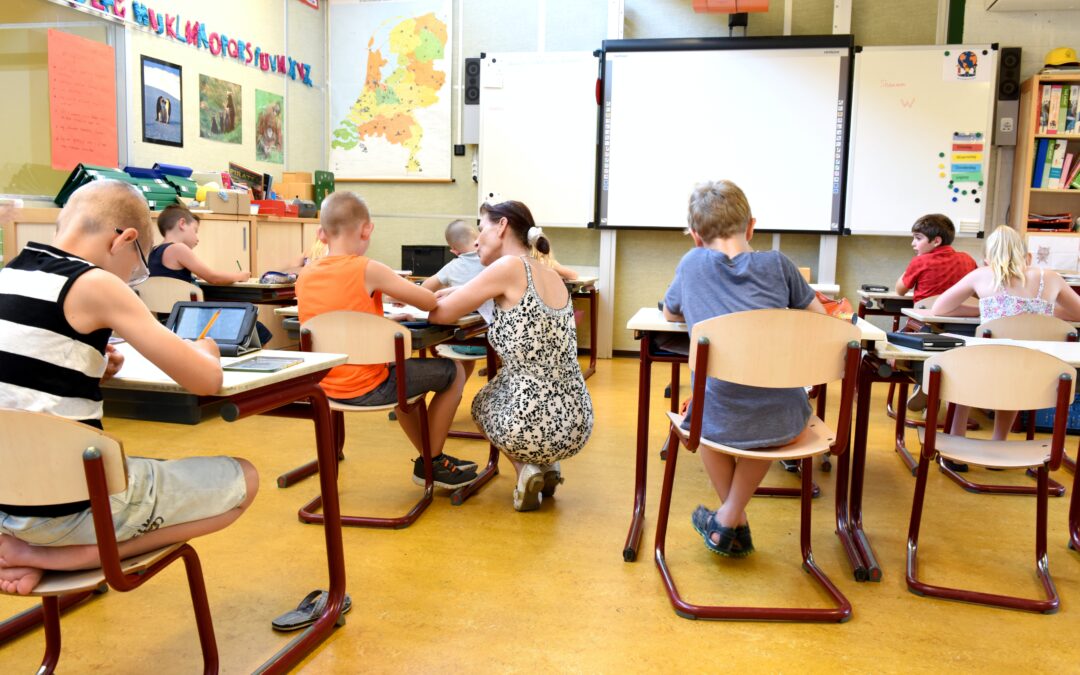In recent years, personalized learning has gained significant attention as a popular buzzword in education.
The traditional approach to education has been a one-size-fits-all approach. However, with the advancement of technology and research, the importance of personalized learning has become increasingly clear.
What is Personalized Learning?
Personalized learning is an approach to education that tailors the learning experience to the needs and interests of individual students. It takes into account their strengths, weaknesses, and learning style. It recognizes that each student is unique and learns at their own pace. Therefore, it provides students with the flexibility to learn at their own pace and in a way that best suits them.
Personalized learning also includes a range of strategies and techniques that support student learning. These strategies can include technology-based tools, adaptive assessments, and flexible grouping. Personalized learning also involves ongoing assessment and feedback to ensure that students are making progress and achieving their goals.
Personalized learning goes beyond just accommodating individual differences. It’s a comprehensive approach that recognizes the importance of creating a learning environment that is flexible, supportive, and engaging, and that empowers students to take ownership of their learning.
In this blog, we’ll explore the importance of personalized learning in detail and the benefits it brings to students and educators alike.
The Importance of Personalized Learning
Here are some of the key reasons why personalized learning is so important.
1. Individualized Attention and Support
One of the most significant benefits of personalized learning is that it provides students with individualized attention and support. Rather than expecting all students to learn at the same pace and in the same way, personalized learning allows educators to identify and address the specific needs of each student. Teachers can use data and assessments to determine each student’s strengths and weaknesses, learning preferences, and interests, and adjust the curriculum and resources accordingly.
This individualized approach to learning can be particularly beneficial for struggling students who may need additional support to keep up with their peers. By providing targeted support and resources, educators can help these students build confidence, stay engaged, and make steady progress toward their learning goals.
2. Flexible Learning Pathways
Personalized learning also provides students with more flexibility in their learning pathways. Rather than following a rigid, one-size-fits-all curriculum, students can choose from a range of resources and activities that align with their interests and learning preferences. This approach allows students to take ownership of their learning, set their own goals, and work at their own pace.
Flexibility is particularly important in today’s world, where students have diverse interests and goals. Personalized learning enables educators to offer students opportunities to explore their passions, pursue projects that align with their interests, and develop skills that are relevant to their future careers.
3. Improved Engagement and Motivation
Personalized learning can also improve student engagement and motivation. By providing students with more control over their learning and allowing them to explore their interests, personalized learning can help students feel more invested in their education. This increased engagement can lead to improved academic outcomes and a stronger sense of purpose and fulfillment.
Furthermore, personalized learning can help students develop essential skills such as critical thinking, problem-solving, and self-directed learning. By engaging in activities that challenge them and align with their interests, students can develop these skills naturally, leading to increased motivation and a sense of accomplishment.
4. Effective Use of Technology
Finally, personalized learning can be facilitated through the effective use of technology. With technology, educators can access a wealth of resources and data that can help them personalize learning for each student. For example, digital tools can be used to assess student progress, provide real-time feedback, and track learning outcomes. Additionally, online platforms can be used to provide students with access to a wide range of learning resources, including videos, interactive simulations, and virtual reality experiences.
Technology can also provide students with more opportunities to collaborate and connect with their peers. By using online platforms, students can work together on projects, share resources, and receive feedback from their peers. This collaboration can lead to improved learning outcomes and can help students develop important social skills.
5. Increased Teacher Effectiveness
Personalized learning also increases teacher effectiveness. When teachers are able to tailor their instruction to the needs of individual students, they are better able to meet their needs. This leads to increased job satisfaction for teachers and improved student outcomes.
Implementing Personalized Learning
Implementing personalized learning requires a significant shift in the way that education is approached. It requires a focus on the individual needs and interests of students and a willingness to adapt to new approaches and technologies. Here are some key steps to implementing personalized learning in your school or classroom:
1. Define the Goals and Vision
The first step in implementing personalized learning is to define the goals and vision. This involves identifying the desired outcomes for students and developing a clear vision for how personalized learning will be implemented.
2. Gather Data on Students
To personalize learning, you need to know your students. This involves gathering data on their strengths, weaknesses, and learning styles. This data can be collected through assessments, surveys, and observations.
3. Use Technology
Technology can be an effective tool for personalized learning. There are a wide variety of adaptive learning tools and platforms available that can provide students with personalized learning experiences.
4. Provide Ongoing Assessment and Feedback
Personalized learning involves ongoing assessment and feedback. This allows students to track their progress and make adjustments to their learning plan as needed.
Conclusion
Personalized learning is a powerful approach to education that can benefit students and educators alike. By providing individualized attention and support, flexible learning pathways, improved engagement and motivation, and effective use of technology, personalized learning can help students develop the skills they need to succeed in today’s world. As educators continue to explore new approaches to teaching and learning, personalized learning is likely to become an increasingly important part of the educational landscape.

